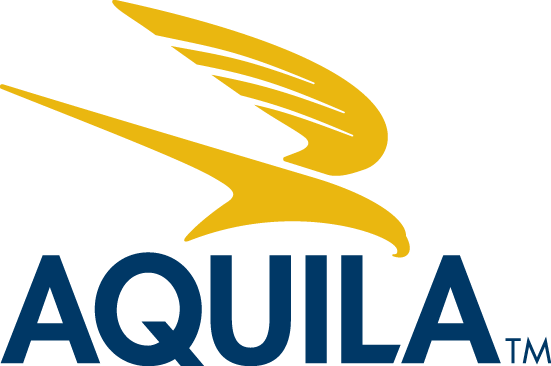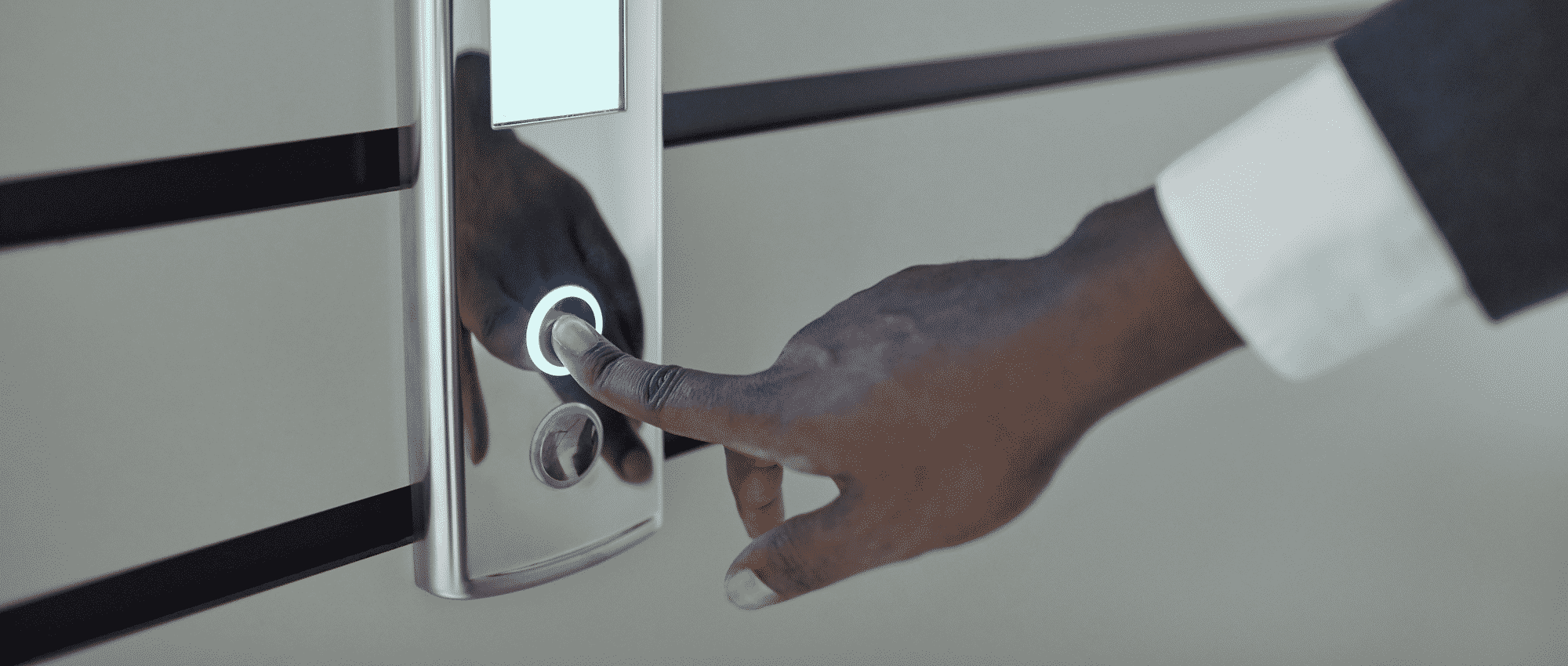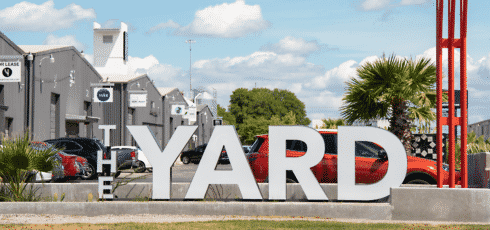This article was published in 2020 as part of our COVID-19 Resource Center series. This article will not be updated but please contact us if you have specific questions regarding the information in this article.
As the COVID-19 pandemic sweeps the world, commercial real estate professionals and users across the world have begun speculating as to how this new era of social distancing will affect office space utilization used going forward.
At AQULA, we work with users and owners of office real estate every day, so we’ve been engaged in near-constant dialogue with these stakeholders to try and understand their plans to respond to this new world. We’ve been collecting ideas and feedback we’ve heard in order to help advise our clients on strategies that make sense for their properties and businesses now and in the future.
Gensler’s U.S. Workplace Survey 2020 reveals that, when given the choice of where to work, people still prefer the office. So, it’s unlikely that office space will be entirely cut in place of work-from-home/remote work setups. That said, there are many office trend shifts that we’ve already seen taking shape that we think will be accelerated by the situation as well as several new ones we see coming to light in the coming weeks and months.
In this article, we explain five office trend shifts we think could play a role in the evolution of office real estate moving forward.
1. Touchless Building Interactions
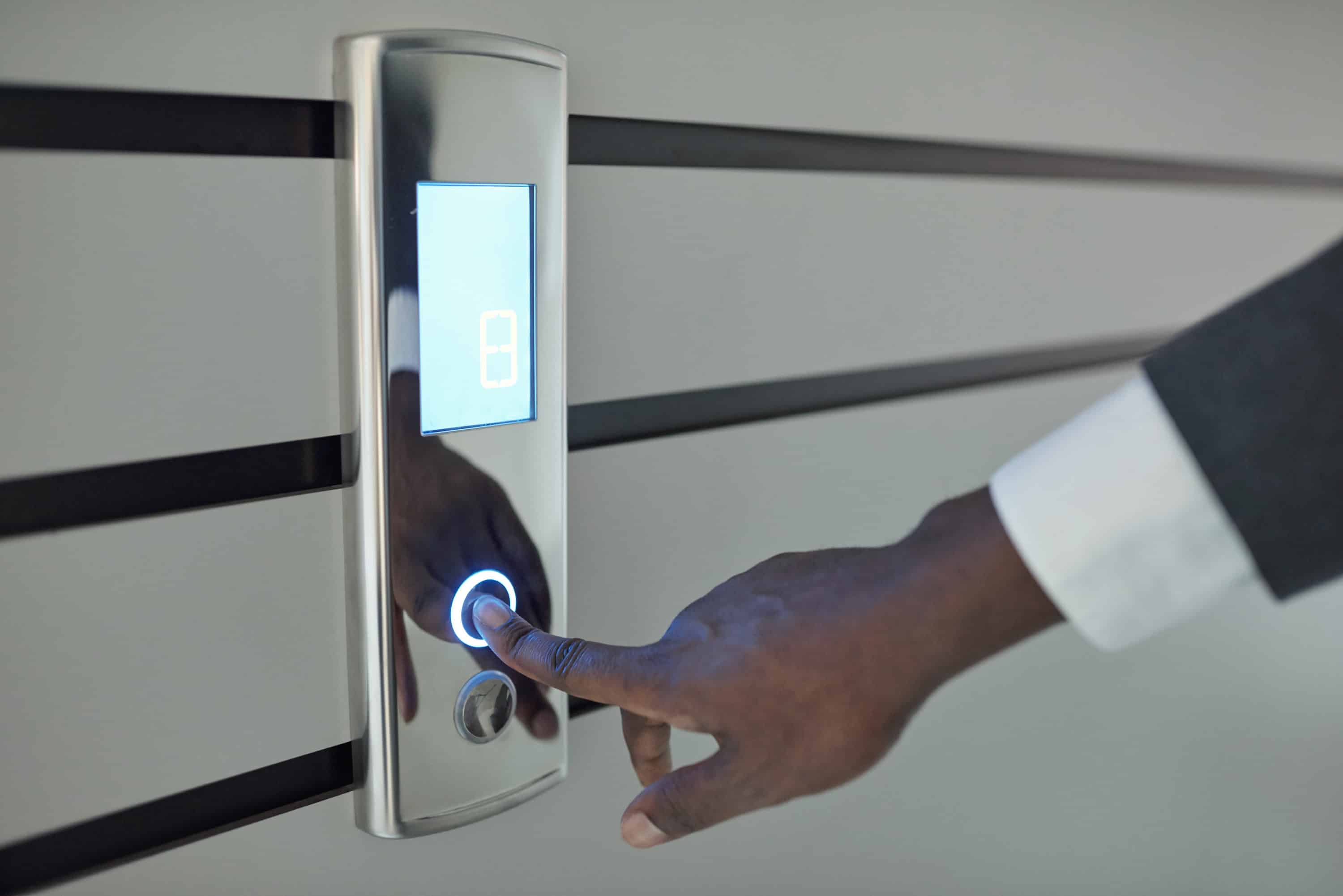
Several companies are already pioneering technology to allow for touchless elevator systems that use holograms or are voice-activated.
One of the biggest shifts that is happening across retail in the wake of COVID-19 is the move toward contactless transactions and touchless interactions. It is logical that office landlords, based on feedback from tenants looking to keep their employees healthy, will also begin to integrate more touchless technology into their office buildings.
From commonplace touchless systems such as foot pulls on restroom doors, automatically flushing toilets, and touchless soap dispensers and hand dryers, to more emerging technologies like touchless elevator systems and infrared fever screening systems in lobbies, many building owners will be re-evaluating building systems and identifying opportunities to move to contactless features.
2. More Frequent Janitorial Service and Healthcare-Grade Cleaning Supplies for Office Building Common Areas
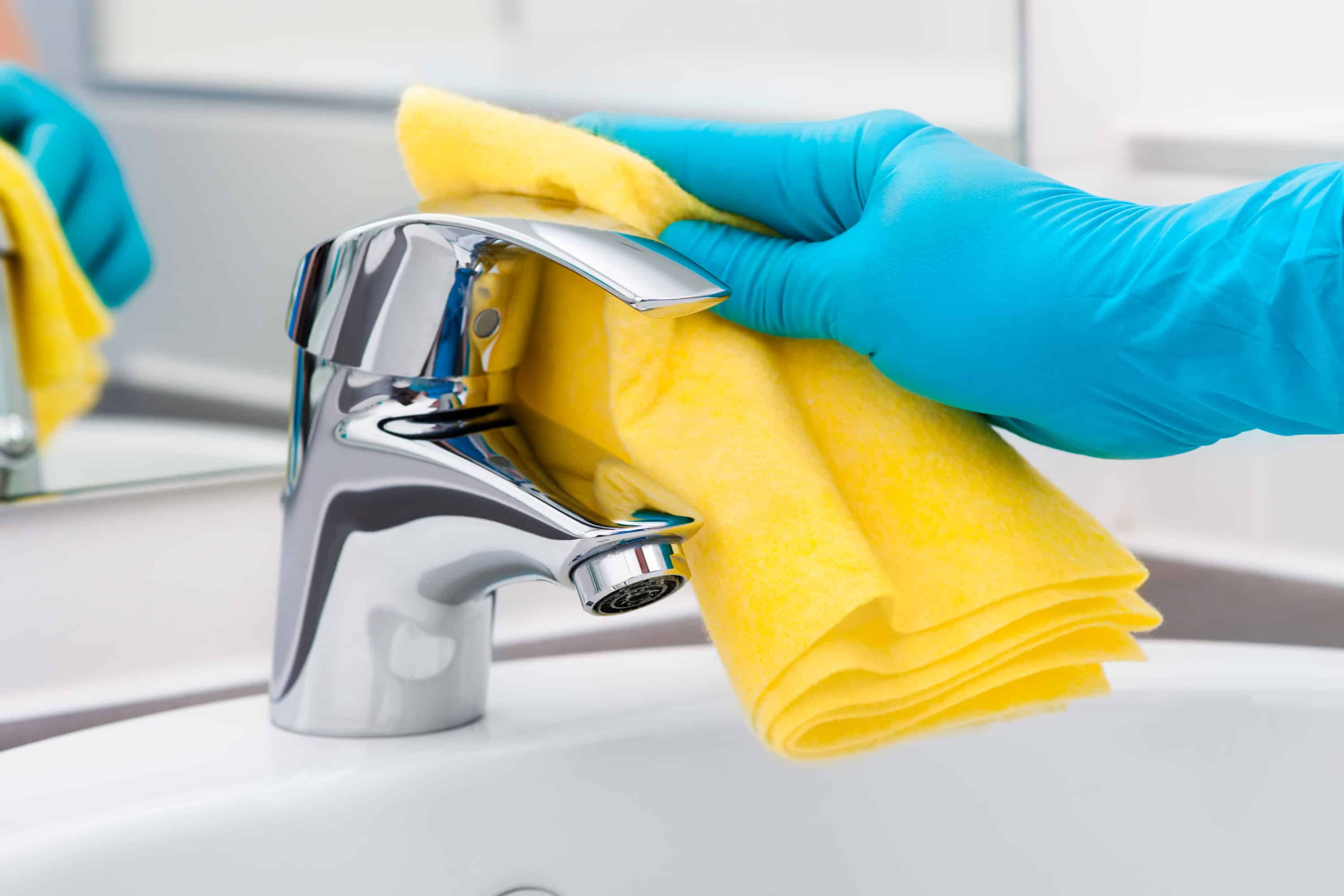
Increased janitorial services including more frequent sanitization and higher-grade disinfectant products are likely to become more common.
In the midst of the pandemic, many building owners have already shifted to providing more frequent janitorial services and sanitization of common spaces such as elevators, lobbies, and restrooms in their office buildings. Additionally, many are requesting their janitorial providers switch from standard cleaners to hospital-grade disinfectant products.
When stay-at-home orders across the United States begin to be lifted, it’s natural we’ll see increased sanitization service, especially in high-trafficked areas such as building conference rooms, restrooms, gyms, and elevators.
3. Inclusion of Pandemic/Business Interruption in Lease Language

Currently, most lease language doesn’t cover pandemics. We expect this to change in the future.
As more information comes out from law offices and the court system, most lease language, including force majeure clauses, doesn’t cover pandemics. In the future, we anticipate both landlords and tenants requesting the addition of language in leases to cover business interruptions as a result of public health crises and mandatory stay-at-home orders.
While the specifics of this language are yet to be determined, we also anticipate that it may lead to the inclusion of pandemic language in business interruption insurance policies or the creation of new insurance products for this sole purpose.
4. Normalized Food Delivery Will Lessen the Importance of On-Site Food Options

The trend toward online ordering and delivery for lunch will be accelerated. Especially in Austin, where customers have multiple food delivery apps to choose from.
In the past real estate cycle, tenants and landlords alike have put increased importance on the availability of on-site food options. With stay-home orders now in place across the United States, food delivery has quickly become more accessible and frequently used by all generations. Additionally, many restaurants that were slow to adopt these new technologies in the past have now been forced to shift and rapidly implement online ordering and delivery/pickup.
With an increased availability of dining options on food delivery platforms and increased user awareness and adoption, it’s likely that having access to food on-site will become less important as more employees default to food delivery for their lunch.
5. Shift Away from High-Density/Open Office Space Layouts
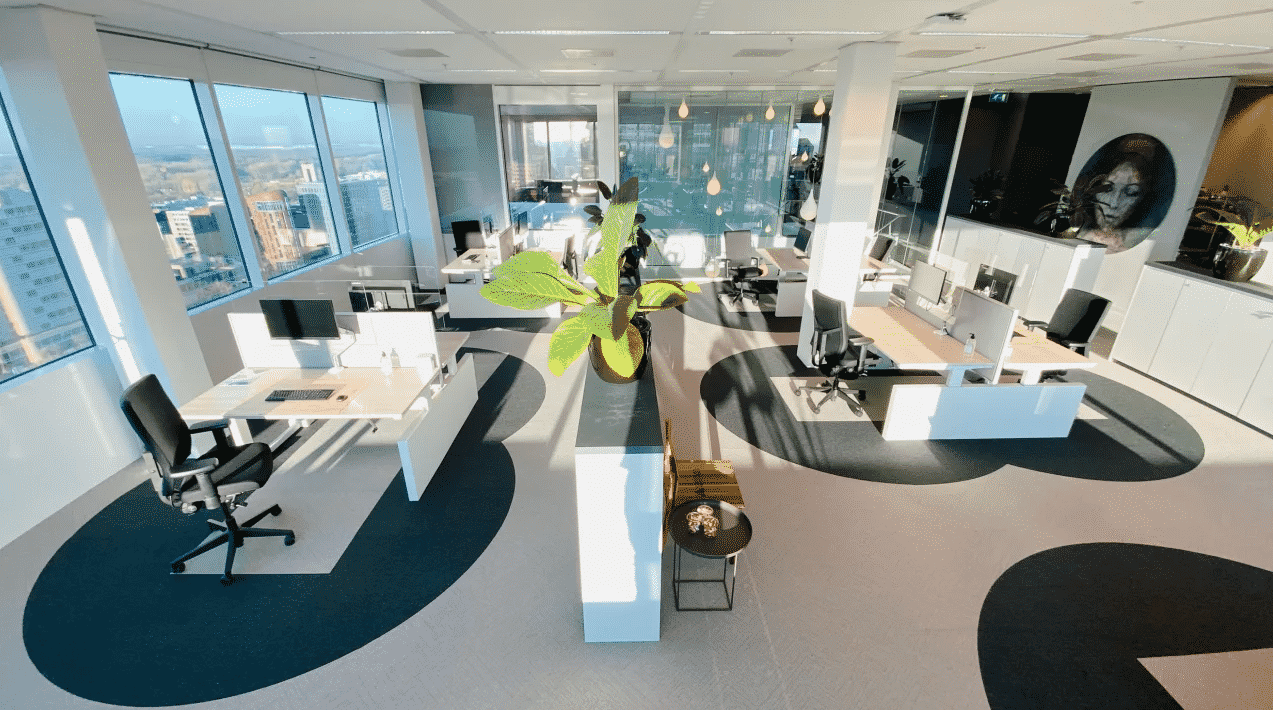
Many companies are considering a shift towards office configurations that prioritize minimizing the spread of germs. Photo courtesy of Cushman & Wakefield.
When businesses reopen, guidance from public health officials suggests that we will still need to practice social distancing in order to slow the spread of the virus. While many research studies have already proved that the open office concept is not conducive to collaboration or productivity and is counterproductive to its intended effect of collaboration, it’s likely that the trend to shift away from these layouts will be accelerated.
There seems to be a consensus that high-density office environments are optimal for spreading germs among individuals, so we expect architects, designers, and office furniture manufacturers to begin to roll out alternative space planning solutions that focus on wellness first and efficiency second.
Additionally, many companies that have already implemented hot desk or hoteling systems will be forced to reevaluate or change cleaning protocols surrounding dynamic and unassigned seating arrangements.
For more information on the subject, Cushman Wakefield’s team out of The Netherlands has several ideas on how to accommodate social distancing within office spaces on its website www.sixfeetoffice.com. Gensler is also producing a lot of interesting content on the topic in its series How design is responding to the COVID-19 pandemic.
While this situation is constantly evolving, it still remains to be seen which of these trends will play out in the post-pandemic world. For now, we simply know that when we return to work, it won’t be business as usual.
For more information about how COVID-19 is affecting commercial real estate for tenants and landlords, visit our COVID-19 Resource Center.

